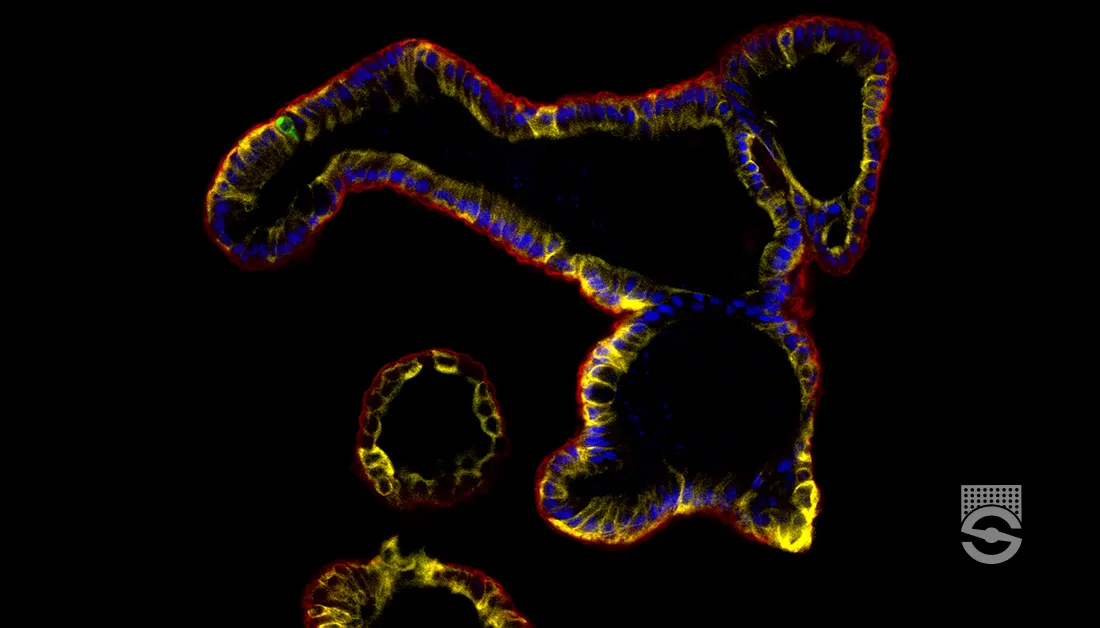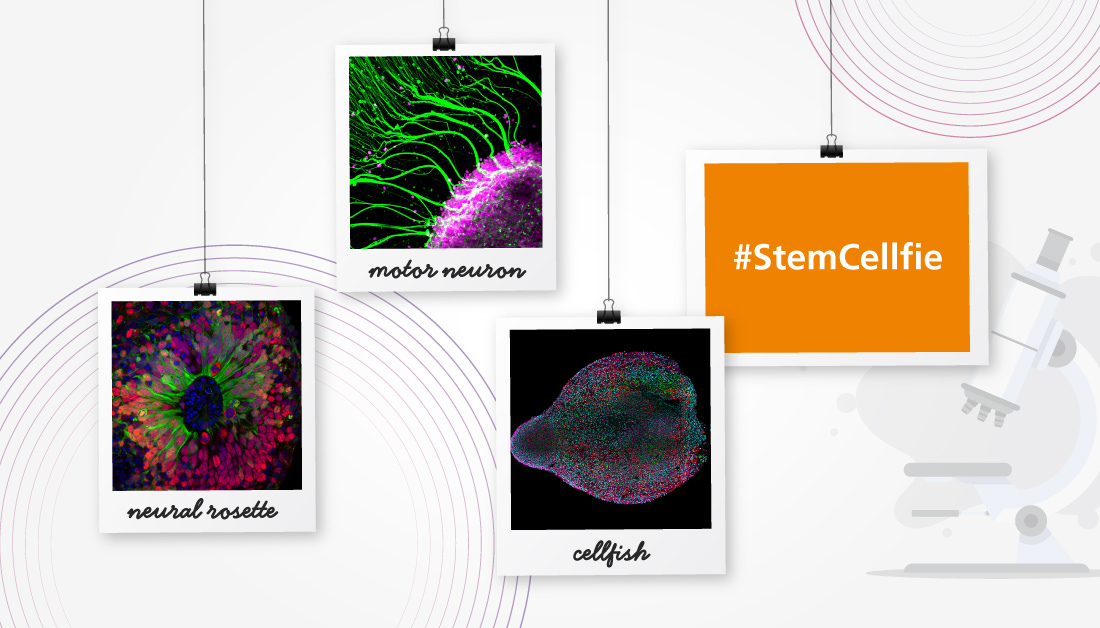Weigert's Iron Hematoxylin
Materials
Solution A
| Material | Variant | Function | |
|---|---|---|---|
| 1903 | 1904 | ||
| Ferric chloride | 0.4 g | 0.6 g | Mordant |
| Distilled water | 100 mL | 100 mL | Solvent |
| Hydrochloric acid | – | 0.75 mL | Solvent |
Solution B
| Material | Variant | Function | |
|---|---|---|---|
| 1903 | 1904 | ||
| Hematoxylin | 1 g | 1 g | Dye |
| 95% ethanol | 100 mL | 100 mL | Solvent |
Solution C
| Material | Variant | Function | |
|---|---|---|---|
| 1903 | 1904 | ||
| Potassium ferricyanide | 2.5 g | – | Bleach |
| Sodium borate | 2 g | – | Alkaliniser |
| Distilled water | 100 mL | – | Solvent |
Note: The 1904 formula is the solution usually meant when Weigert’s iron hematoxylin is specified as an acid resistant nuclear stain.
Compounding Procedure
For both variants:
- Make each solution separately.
- Filter.
- Immediately before use, combine equal parts of solutions A and B.
Protocol
- Bring sections to water with xylene and ethanol.
- Place into the staining solution for 1-2 hours.
- Rinse with tap water.
- 1903 – Place in solution C until differentiated.
1904 – Dip briefly in 1% hydrochloric acid in 70% ethanol. - Wash well in running tap water to blue.
- Rinse with distilled water.
- Counterstain if desired.
- Dehydrate with ethanol, clear with xylene and mount with a resinous medium.
Expected Results
- Nuclei – black
- Background – as counterstain or unstained
Notes
- The stock solutions are stable for some time.
- The working solution should be made fresh.
- The alcoholic hematoxylin solution was originally made by diluting a stock solution of 10% hematoxylin in 95% ethanol.
- Solution A of the 1904 variant was originally made from a commercial ferric chloride solution, the amounts above being given by Gray based on its formula. The following is now usually specified:30% aqueous ferric chloride – 4 mL
Distilled water – 100 mL
Hydrochloric acid – 1 mL
- Both methods were originally intended to be used without a counterstain for demonstrating chromatin and other structures usually stained by iron hematoxylin. If the 1904 formula is used for this purpose, the staining time should be increased and the excess stain removed with acid ethanol.
Safety Note
Prior to handling any chemical, consult the Safety Data Sheet (SDS) for proper handling and safety precautions.
References
- Gray, Peter. (1954)
The Microtomist’s Formulary and Guide.
Originally published by:– The Blakiston Co.
Republished by:– Robert E. Krieger Publishing Co.
Citing:–
Ehrlich, P., Krause, R. et. al., (1910)
Enzyklopädie der mikroskopischen technik, ed. 2, v. 1, p. 231.
Weigert, K., (1904)
Zeitschrift für wissenschaftliche mikroskopie und für mikroskopische technik,
v. 21, p. 1. - Bancroft, J.D. and Stevens A. (1982)
Theory and practice of histological techniques Ed. 2
Churchill Livingstone, Edinburgh & London, UK.





